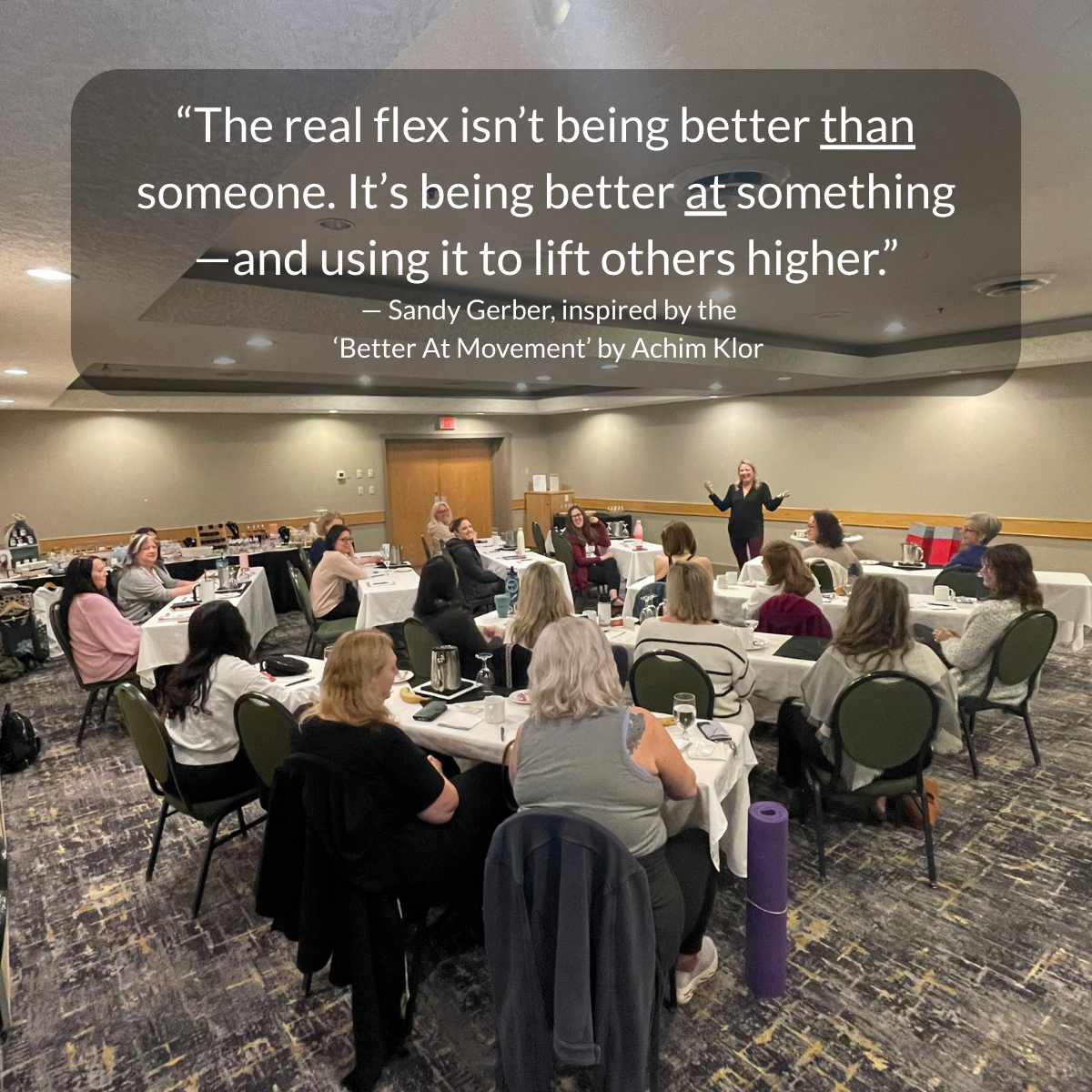Do you know what your tone and pace are communicating about you?
Body language is partly instinctive, partly taught and partly imitative. Our movements and gestures give so many cues and signals subconsciously to others. There are so many ways we can express how we feel and think by using our body language, we just need to know the techniques.
I created the 7 Points of Impression to help my clients and students to learn, remember and use body language techniques. The goal for these 7 Points of Impression is to minimize people’s misperceptions of your body language. These 7 Points of Impression help you to spark a connection through your nonverbal communication to create satisfying relationships.
Obviously, we need to consider the words we use in our messaging. However, nonverbal communication accounts for at least half of all contact between people within the first four minutes of meeting. Your listener will hear what you know and say, but he will feel what you say, by the way you say it – your body language!
In this post, we will go through one of the 7 Points of Impression, Tone & Pace.
POINT #3 – Tone of Voice & Pace of Speech
As you now know, from my other post, Easy Body Language Tips-Eye Contact, to successfully communicate, you need to pay attention to more than just the words you say. After we look at the eyes for information, we need to search for more cues by paying attention to a person’s mouth, and specifically their voice. Our voices reveal our feelings or emotions and people make judgments about our trustworthiness based on our voices.
You need to focus on the tone of your voice during your delivery, the speed of your speech and your personal expression. Everything you do with your voice communicates something and has the potential to help you connect to or disconnect from others when you speak. By varying your speed, tone, volume, and inflections, your voice helps you to deliver impact with your words. You can show empathy for others by slowing your rate of speaking and speaking in a calm, relaxed way.
Watch Your Pitch
Your tone of voice needs to align with your messaging. If your pitch is too high, it is hard for the listener to absorb for more than a few seconds and can damage your communication attempts by distracting the listener. If your pitch is too low, the messaging can appear dull and mundane, lacking any energy and enthusiasm.
The tone of our voice can make people comfortable or feel like we are challenging them. You can use your tone of voice to alter or enhance how you are perceived. If you want to get people’s attention, lowering your tone of voice will work best. Lower your voice slightly, soften your tone and lower the rate of speech and you will sound warm and friendly.
Mind Your Pace
Ever experienced a slow or fast talker? It tends to be uncomfortable for the listener. If you talk quickly, the message will be perceived as rushed, urgent, passionate or pushy. It will sound as if you are apologizing for taking up their time. This typically happens when people get nervous. If your delivery is too slow, you could be judged as important, hesitant, sad, shy, or unsure.
The pace of your speech, how fast you talk is also a key nonverbal indicator. Changes in a person’s normal speed of talking may indicate stress or reluctance to answer a question. Also fast is not always good when answering a question. When you are in a situation of welcoming or praising someone, you should take your time. Also, remember to add pauses to your speech. To be a real conversationalist, you need to weave pauses into your speech, so the other person has an opportunity to respond to each point.
Avoid Uptalk
You’ll want to avoid using “uptalk” – when you inflect your tone up at the end of a sentence. The uptalk sound can make you appear tentative, nervous or lacking confidence. You also want to eliminate “vocal fry” from your tone of voice. Vocal fry has a horrible drawn out, groany, creaky noise purposely caused by the movement of the vocal folds. It’s been referred to as the “Kardashian way to talk”. A linguistic study indicates people under 40 think the fry sounds authoritative, while those over 40 did not. Better to remove it from your communication as to not risk appearing immature, or high maintenance.
To make a subtle and easy connection with your communication, make sure your communication pace and tone match the listener’s pace and tone. People get uneasy when communication pace and tone vary from their own. Successful telemarketers are trained to mirror a person’s tone and manner immediately to more easily build rapport and entice the prospective customer to listen.
There is however an exception – varying your tone and speed of speech can be beneficial when used strategically in a conversation to emphasize a certain point but it needs to be used very carefully.
The 7 Points of impression are your ground rules for sparking a connection with others and establishing a good rapport. You’ve been playing the game of body language subconsciously all of your life. Now is the time to observe it in others and demonstrate positive body language in all of your communications. Start with this one Point of Impression, Tone, and Pace, and strengthen your nonverbal skills today. All my best to you in your communications.




0 Comments